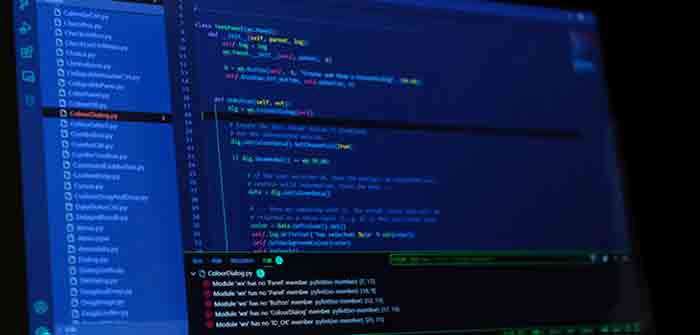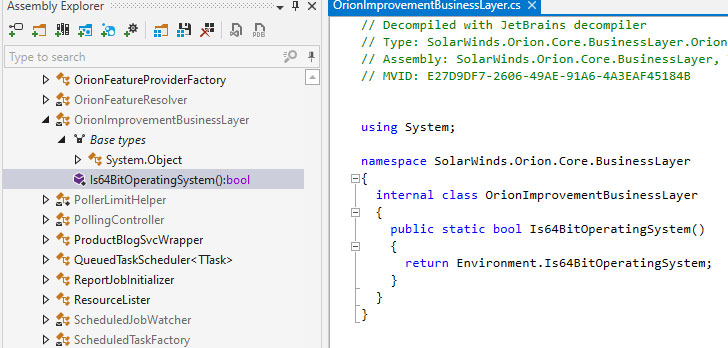
The investigation into how the attackers managed to compromise SolarWinds’ internal network and poison the company’s software updates is still underway, but we may be one step closer to understanding what appears to be a very meticulously planned and highly-sophisticated supply chain attack.
A new report published by ReversingLabs today and shared in advance with The Hacker News has revealed that the operators behind the espionage campaign likely managed to compromise the software build and code signing infrastructure of SolarWinds Orion platform as early as October 2019 to deliver the malicious backdoor through its software release process.
“The source code of the affected library was directly modified to include malicious backdoor code, which was compiled, signed, and delivered through the existing software patch release management system,” ReversingLabs’ Tomislav Pericin said.
Cybersecurity firm FireEye earlier this week detailed how multiple SolarWinds Orion software updates, released between March and June 2020, were injected with backdoor code (“SolarWinds.Orion.Core.BusinessLayer.dll” or SUNBURST) to conduct surveillance and execute arbitrary commands on target systems.
FireEye has not so far publicly attributed the attack to any specific nation-state actor, but multiple media reports have pinned the intrusion campaign on APT29 (aka Cozy Bear), a hacker group associated with Russia’s foreign intelligence service.
Sneaky Injection of Malicious Code
Although the first version containing the tainted Orion software was traced to 2019.4.5200.9083, ReversingLabs has found that an earlier version 2019.4.5200.8890, released in October 2019, also included seemingly harmless modifications that acted as the stepping stone for delivering the real attack payload down the line.
 |
| Empty .NET class prior to backdoor code addition [ver. 2019.4.5200.8890] |
The idea, according to Pericin, was to compromise the build system, quietly inject their own code in the source code of the software, wait for the company to compile, sign packages and at last, verify if their modifications show up in the newly released updates as expected.
Once confirmed, the adversary then took steps to blend the SUNBURST malware with the rest of the codebase by mimicking existing functions (GetOrCreateUserID) but adding their own implementations so as to remain stealthy and invoking them by modifying a separate class called “InventoryManager” to create a new thread that runs the backdoor.
What’s more, malicious strings were obscured using a combination of compression and Base64 encoding in hopes that doing so would thwart YARA rules from spotting anomalies in the code as well as slip through undetected during a software developer review.
“The attackers went through a lot of trouble to ensure that their code looks like it belongs within the code base,” Pericin said. “That was certainly done to hide the code from the audit by the software developers.”
